Intrauterine Insemination (IUI)
Insemination (AIH – Artificial Insemination Husband; IUI – Intrauterine Insemination) is the simplest form of assisted fertilization. Criteria for insemination are infertility lasting more than a year (or more than six months for women over 36) with one of the following causes of infertility diagnosed:
- mild male factor
- unexplained infertility
- cervical factor
- mild endometriosis
- anovulation and/or polycystic ovary syndrome.
A woman planning insemination should have regular test results and tubes that are not blocked or obstructed. Testing for tubal blockage can be done using an ultrasound (sonoHSG) or an x-ray (HSG – hysterosalpingography), and the results are comparable. The cervix needs to be tested for bacteria (aerobes, mycoplasma, ureaplasma, Chlamydia) before testing for tubal blockage because the contrast is injected into the uterus during the procedure which means there’s a possibility of inserting bacteria if it would be present. This could cause inflammation of the pelvis.
Uterine ultrasonography should also show all is fine because large polyps or myomas within the uterus could prevent you from conceiving. It is also advised to do hormonal testing at this early stage of infertility testing. This is because some women will experience a mild hormonal disturbance, most often increased prolactin or TSH, which is easily treated, but sometimes FSH or LH levels will increase, and that information is essential.
As for the sperm analysis, it is considered that optimal results are achieved if there are more than 5 million motile sperm in the semen sample after preparation. However, it is possible to conceive if the number is only 1 million, which means insemination can be done even with a poorer sperm analysis result.

Insemination can be done in a natural cycle (with or without HCG injection, the so-called “stopwatch”) or in a mildly stimulated cycle, which means better success rates (in our Center, the success rate for natural cycle IUI is around 10% and for the stimulated one it is 15-20%). Clomiphene or letrozole pills are usually used in the stimulated cycle. They may be followed by gonadotropin injections or pure gonadotropin, which must be given in small amounts.
In the IUI-planned cycle the first ultrasound is scheduled around day 8 of the cycle after which it is repeated every two or three days until the day of insemination. An HCG injection is given 36 hours prior to insemination. This serves the purpose of doing the insemination at the desired time. Estradiol and LH are sometimes tested during the procedure, or we sometimes use LH test strips in order to determine ovulation time more accurately.
On the day of insemination, the partner’s semen is washed to separate motile sperm from the fluid in which it swims. A catheter is then used to insert the sperm directly into the uterus. At least one tube needs to be free of obstruction as the absolute precondition for insemination because sperm needs to swim from the uterus to the tube to fertilize the egg. A fertilized egg then reaches the uterus. When the patient is positioned, the gynecologist will insert an instrument into the vagina in order to see the cervix. A thin catheter will then be inserted into the uterus used to place the previously washed sperm. The procedure is painless and mild cramping, similar to menstrual cramps, or some discomfort may be felt.
Resting after the procedure may not increase the chance of conception following insemination.
After a restorative insemination procedure, progestin pills are prescribed to assist the corpus luteum. This is not necessary for the natural cycle. A pregnancy test can then be made 14 days after the procedure. The first-morning urine is used for this testing which is positive if the procedure had been successful.
According to most relevant studies, insemination success rates are higher in the first three attempts. Chances are minimal after the sixth attempt. Insemination pregnancy rates are higher in the early thirties (the cumulative percentage is 38% in three attempts in women aged 30), if the patient has a cervical or ovulatory infertility factor, if ovulation is stimulated, and if the number of inseminated sperm is larger than 1 million.
Insemination is rarely successful in women over 40 so an IVF procedure is recommended to such patients at the beginning of the process. The insemination may be skipped even in younger women should there be infertility reasons in both partners or if the reproduction gynecologist estimates the couple’s chances are better in an IVF procedure.

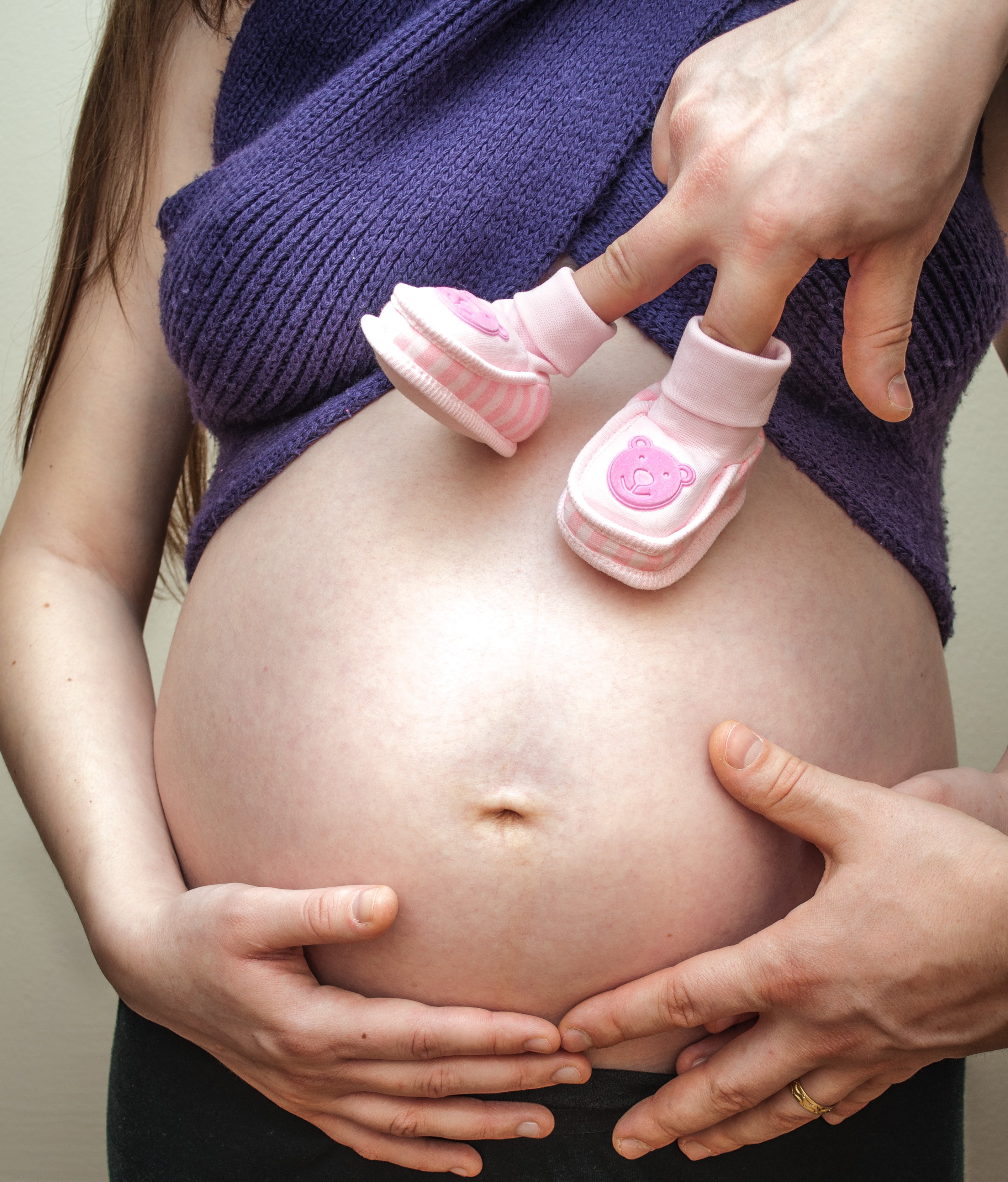




.jpg)
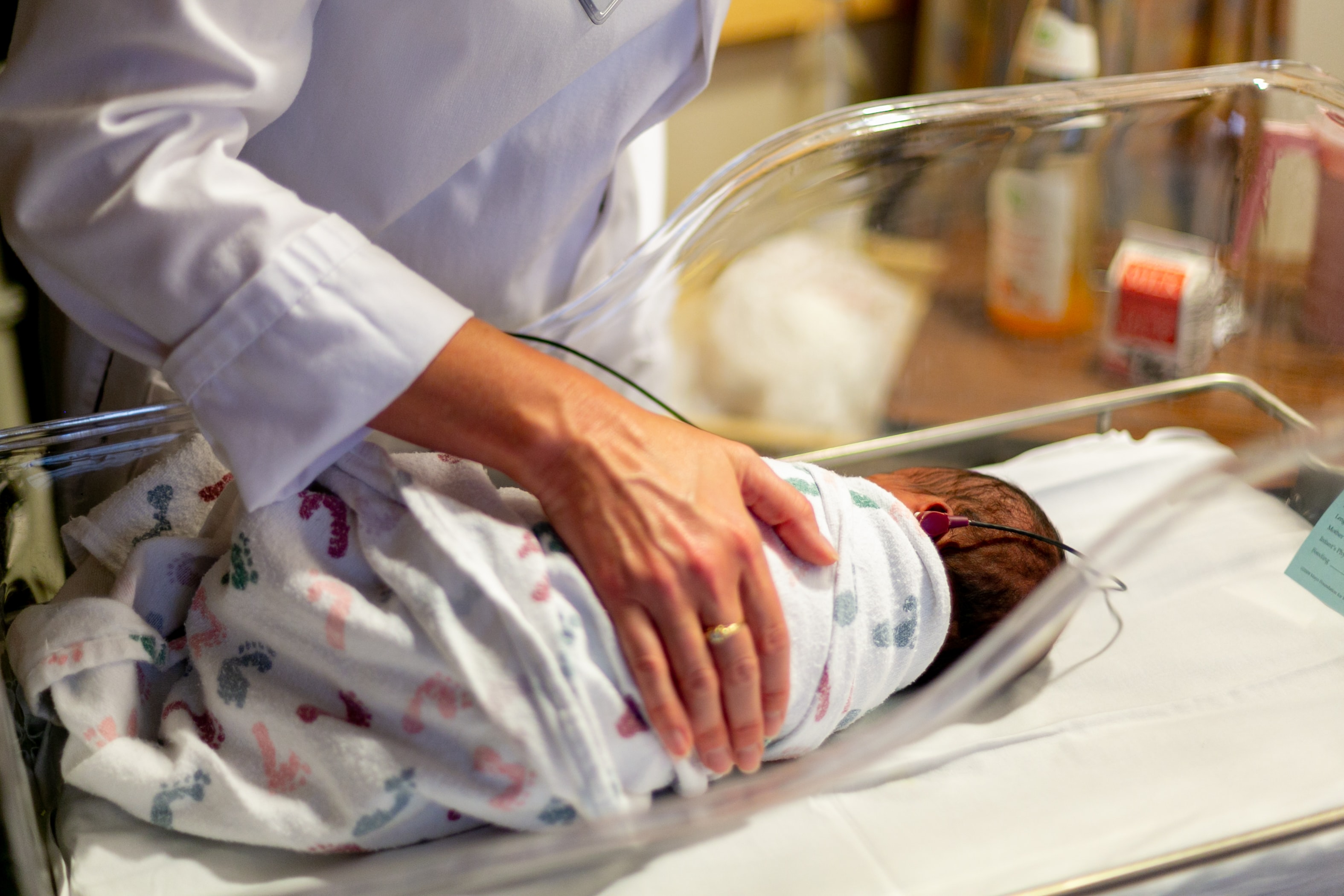
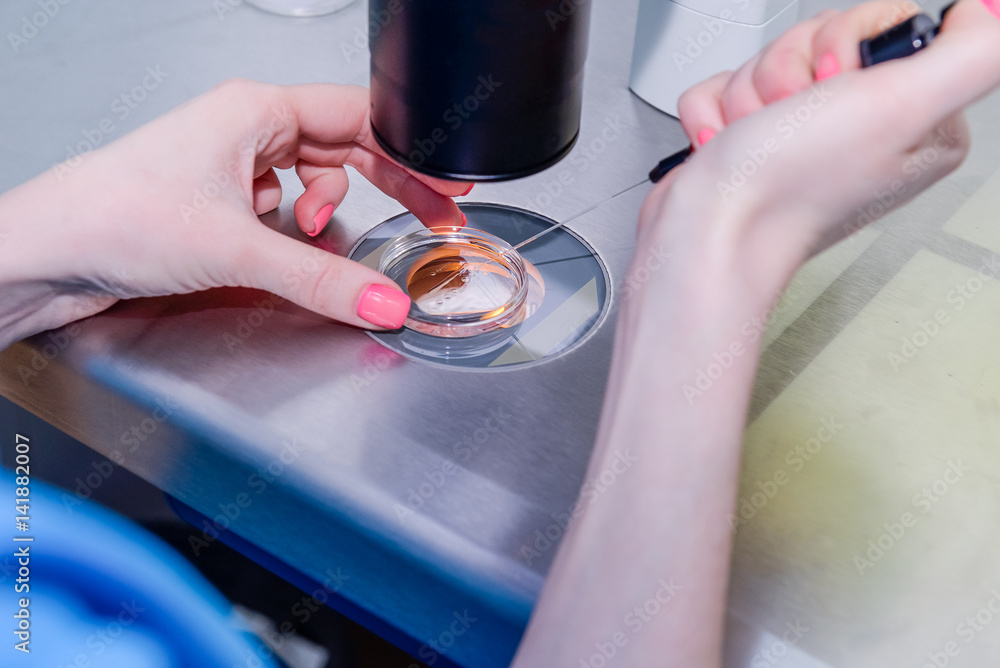
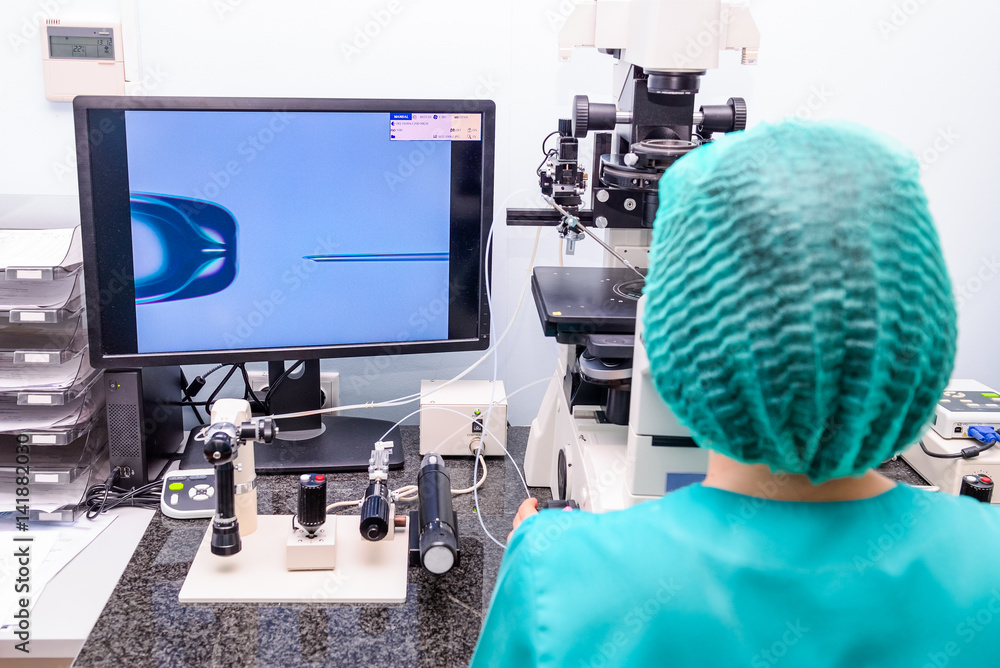


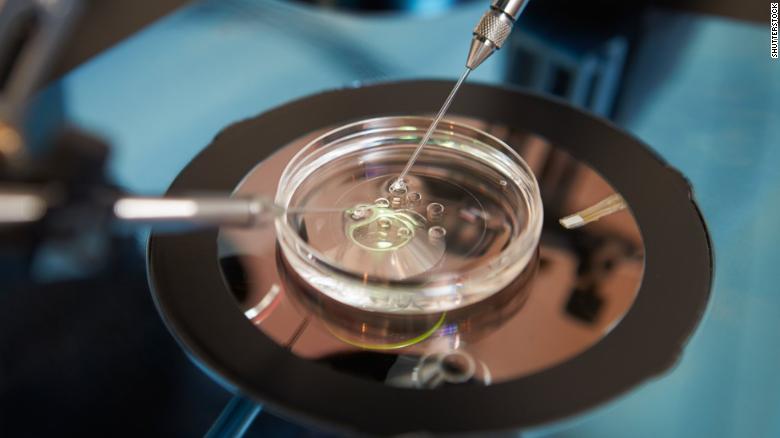
.jpg)

